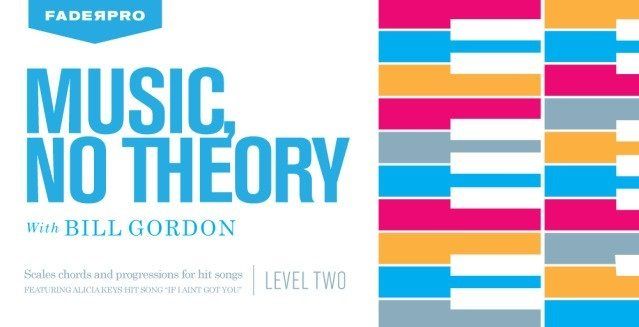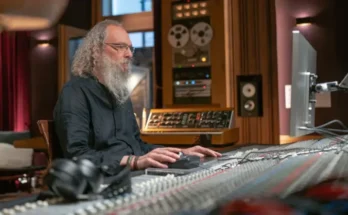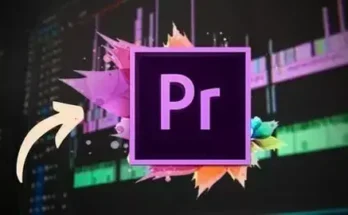Music No Theory Level Two TUTORiAL
SYNTHiC4TE | Sept 18 2012 | 1.60 GB
Music No Theory – Level Two FaderPro
Music, What makes it work? Some call it “Theory”, we call it “Music, No Theory” FaderPro presents, “MUSIC, NO THEORY (level two)” an interactive music course with Bill Gordon (Madonna, Quincy Jones, James Brown) Scales, Chords and Progressions and how they are used to make Hit Songs! For musicians, songwriters, remixers and producers at ANY level!
“Music, No Theory (level two)” picks up where level one left off and is intended for those who completed level one and want to take their knowledge even further, or for those with a good amount of prior music experience. We strongly suggest that if you are new to music, or you have been making music for a while, but have never really known the real ‘nuts and bolts’ of music, that you start by watching level one. The goal is to know exactly what is going on compositionally in any song, what to call it, and then take that knowledge and use it write your own songs, do remixes, or simply know music better. You’ll learn the grammar, organization, and structure of music so that you can take your own music to new heights. Like level one, “Music No Theory (level two)” uses the piano, however this is not intended to be a piano course even though you will most likely become proficient at playing the keyboard if you practice. “Music No Theory” is not a course you watch once and have learned it. Rather it is a lifelong tool you can use to learn the material, practice the material, and go back to refresh what you need to from time to time. We hope this will be a learning tool you use and value for years! About Bill Gordon: From working with such artists as James Brown, Barbra Streisand, Quincy Jones and Madonna in concert halls and recording studios around the world, to the classrooms of the largest audio school, SAE Institute, Bill Gordon has made music his career and a way of life. His passionate, down-to-earth explanations will help you take your music to an entirely new level. Nothing theoretical about it!
Chapter Outline:
01- Introduction
02- General Review
03- Review; melody, chords, bass
04- Review; rhythm
05- Review; important relationships
06- Practicing inversions
07- Basic Piano Pedaling
08- Solfege
09- Minor Scales
10- Seventh Chords
11- The Major 6 and Minor 6 Chords
12- Minor Scale Diatonic 7th Chords
13- Semi-Diatonic Chords
14- The Famous II & V
15- The Pushy Chords (Secondary Dominants) -Pt. 1
16- The Pushy Chords (Secondary Dominants)- Pt.2
17- The Blues and the Physics of Music
18- Harmonic Inversion
19- Notes in the Bass
20- Bass Lines
21- Chord Voicings – Triads
22- Color Tones/ Diatonic & Non-Diatonic 7th Chords
23- Chord Voicings – Major 7th Chords
24- Chord Voicings – Dominant 7th Chords
25- Chord Voicings – Minor 7th Chords
26- Putting It All Together – C Minor Groove with Drums
27- Composition Starting Points
28 – Song Parts
29 – Song Analysis
30 – Alicia Keys “If I Ain’t Got You” – Overview
31- Alicia Keys “If I Ain’t Got You” – Melody 32- Alicia Keys “If I Ain’t Got You” – Intro Chords
33- Alicia Keys “If I Ain’t Got You” – Verse Chords
34- Alicia Keys “If I Ain’t Got You” – Pre-Chorus Chords
35- Alicia Keys “If I Ain’t Got You” – Chorus Chords
36- Alicia Keys “If I Ain’t Got You” – Adding A Bridge
37- Alicia Keys “If I Ain’t Got You” – Outro Chords
38- Alicia Keys “If I Ain’t Got You” – Playthrough
39- Conclusion
Please REPORT in Comment Broken Links




